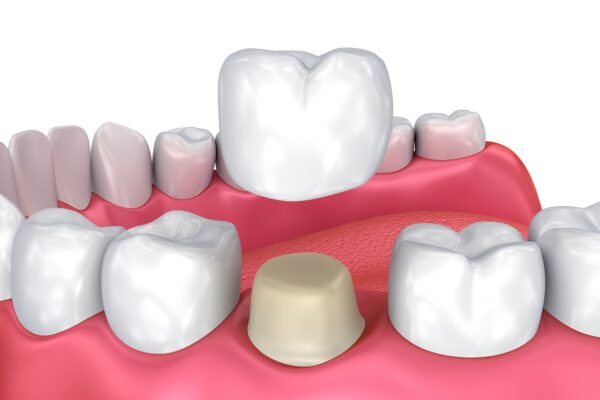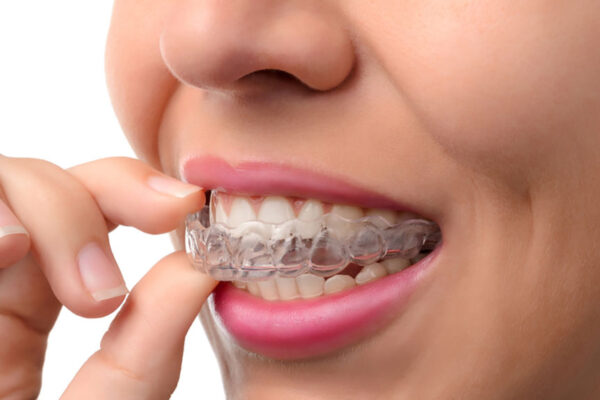In the quest for a flawless smile, modern dentistry offers an array of cosmetic solutions to address various dental concerns. Two popular options, bonding and veneers, have gained significant attention. At Tomken Dental, we understand the importance of informed decisions when it comes to enhancing your smile. In this blog, we’ll delve into the differences between bonding and veneers, shedding light on which option might be the best fit for your individual needs.
Bonding: A Quick Fix with Limitations
Dental bonding is a minimally invasive procedure where a tooth-colored resin material is applied to the teeth and sculpted to enhance their appearance. Bonding can be used to repair chipped or cracked teeth, close gaps, and even alter the shape of teeth. This procedure is often considered a quick fix, providing immediate results with a relatively lower cost compared to veneers.
However, bonding has its limitations. The resin used in bonding is not as durable as the porcelain used in veneers and may be prone to staining or chipping over time. Additionally, bonding may not be as effective in cases where significant changes in tooth shape or color are desired.
Veneers: Crafting a Lasting Masterpiece
Veneers, on the other hand, are thin shells made of porcelain that are custom-designed to fit over the front surface of teeth. This cosmetic solution offers a more comprehensive transformation, allowing for alterations in shape, size, color, and alignment of teeth. At Tomken Dental, our skilled professionals meticulously craft veneers to achieve a natural and aesthetically pleasing result.
The durability of porcelain veneers is a notable advantage. Porcelain is highly resistant to staining and maintains its integrity over time. Veneers are also considered a longer-lasting solution compared to bonding, making them an investment in both appearance and functionality.
The Decision-Making Process
When deciding between bonding and veneers, several factors come into play:
- Cosmetic Goals: If you’re seeking a subtle improvement or need to fix minor issues, bonding might suffice. However, if you’re looking for a more significant transformation with lasting results, veneers are the superior choice.
- Durability: Veneers tend to be more durable and resistant to wear and tear, making them suitable for long-term enhancement.
- Color Stability: Porcelain veneers offer better color stability compared to bonding, ensuring your smile remains vibrant and natural-looking.
- Budget: Bonding is generally more budget-friendly initially, but it’s essential to consider the potential need for repairs or replacements over time.
- Time: Bonding can be completed in a single visit, whereas veneers usually require multiple appointments for design, fabrication, and placement.
At Tomken Dental, we believe that every patient’s smile is unique, and their cosmetic dental solution should be tailored accordingly. Whether you opt for bonding or veneers, our experienced team is committed to delivering the best results for your smile transformation journey.
Remember, the decision between bonding and veneers depends on your cosmetic goals, budget, and individual circumstances. If you’re unsure which option is right for you, we encourage you to schedule a consultation with our experts. Together, we’ll explore your options and design a treatment plan that aligns with your aspirations for a radiant, confident smile. To book your next appointment with Tomken Dental, simply call us at 866-590-8321, email us at reception@tomkendental.com, or visit our website at https://tomkendental.com/ . Our experienced receptionists are standing by to assist you in scheduling your appointment.





